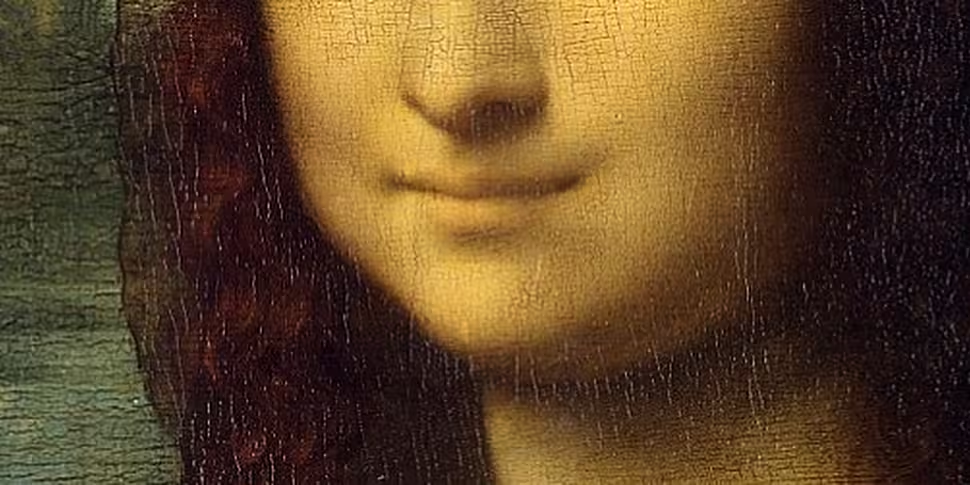Her smile has been one of the most debated things in the history of art, but a new study is claiming that Leonardo da Vinci’s famous portrait of Lisa Gherardini, known the world over as Mona Lisa, is definitely happy.
For centuries, the ambiguous expression worn by the Italian noblewoman has proven impossible to read, prompting countless discussions at just what she was – or wasn’t – smiling at. Known as La Gioconda in Italian, the painting is often used as an example of enigmatic appearance, appearing at first to be smiling at the viewer, only for her mood to become increasingly bitter the longer you stare at her.
But now a study carried out by the University of Freiburg in Germany has found that nearly 100% of respondents believe the mysterious mouth of the Mona Lisa is showcasing mirth.
“We really were astonished,” said neuroscientist Jürgen Kornmeier, co-author of the research paper.
Scaling her happiness
The scientist’s team devised a study of what is arguably the most recognisable painting in the world that examined factors affecting how men and women judge visual clues and facial expressions.
Using a black-and-white image of the 16th-century masterpiece, the German team used digital software to tinker with the Mona Lisa’s smile, creating eight composite images of her grin tweaked to be successively happier or sadder. Together with the original, a block of all nine was shown 30 different times to the study’s 12 volunteers.
Each time they were shown, the image order was mixed and each viewer was asked to analyse the random order and describe each one as happy or sad.
“Given the descriptions from art and art history, we thought that the original would be the most ambiguous,” Kornmeier said, adding: “To our great astonishment, we found that da Vinci’s original was perceived as happy in 97% of cases.”
Further research
To check the results, a second test was carried out, where participants judged the real smile against eight sadder ones. This test resulted in the original grin still being perceived as happy.
“Our brain manages to very, very quickly scan the field. We notice the total range, and then we adapt our estimates,” Kornmeier said, revealing that human beings rely heavily on their experiences when perceiving facial cues.
The second test also revealed that the participants proved better capable of spotting happier faces quicker than sad ones, which the team chalked down to “a slight preference [...] in human beings for happiness.”
As for the Mona Lisa, and her centuries of intrigue, the German team believes it has finally settles the question about her humour.
“There may be some ambiguity in another aspect,” Kornmeier said, but “not ambiguity in the sense of happy versus sad.”









